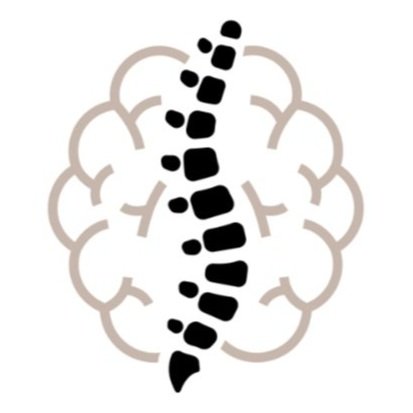Common Pelvic PT Myths
There is no doubt that a pelvic PT evaluation can look a little different from a PT evaluation for shoulder or knee pain. However, I want to dispel some myths that can make pelvic PT seem scary or uncomfortable! My goal as a pelvic PT is always to create a comfortable and empowering experience.
An internal exam is the only way to evaluate the pelvic floor
Nope! There are many ways to evaluate the pelvic floor without performing an internal exam. This can include checking pelvic alignment, assessing hip and abdominal strength, ribcage mobility, and external palpation of the pelvic floor muscles to assess movement at the perineum. This can all be done fully clothed! An internal exam will give more information about sphincteric control of the pelvic floor as well as deeper muscle tension, but is NEVER a requirement for a pelvic PT evaluation.
It is just like a pelvic exam by an OBGYN
I never use stirrups or a speculum for internal exams- typically just one, gloved, lubricated finger is inserted. Pelvic exams done by physicians are looking more for physical abnormalities as well as to perform a cervical screening. Pelvic exams by PTs are to assess muscle tone, function, and fascial integrity. Some PTs specialize in pessary fittings which require a speculum, but there would be an in-depth conversation with your PT before this would happen.
Pelvic floor PT is only for women/people with vaginal anatomy
Wrong! Pelvic PT is for anyone with a pelvis :) I see everyone along the gender spectrum, no matter what genitals they have. The pelvic floor muscles are very similar for those with penile and vaginal anatomy and have the same function. Everyone can benefit from pelvic floor awareness! I also treat patients before and after gender affirmation surgeries to ensure optimal functioning of the pelvic floor.
Pelvic floor PT is only kegels
Nope! I rarely prescribe kegels as an exercise by themselves- this isn’t helpful or functional for our daily lives! And, if your pelvic floor is tense, kegels will make it worse! My exercise plans usually focus on breathing mechanics and deep core activation (which will activate the pelvic floor when performed correctly). Then we progress to functional strengthening while progressively applying resistance through the pelvic floor.
Pelvic floor PT is only for people with incontinence
A lot of my patients have chronic pelvic pain conditions like endometriosis, PCOS, IBS, chronic prostatitis, interstitial cystitis, or history of cancer which has caused damage to the tissues in the pelvis. These conditions usually come with a lot of tension to the pelvic floor, abdomen, and surrounding muscles. Pelvic PT is an excellent conservative treatment for these conditions and can provide relief from symptoms through restorative exercise, manual therapy, and dry needling. Pelvic PT can also be very helpful in treating constipation!
Pelvic floor PT only focuses on the pelvis
If your pelvic PT is only focusing on your pelvis, find a new one!! Pelvic dysfunction is complex, and often tied to the gastrointestinal and genitourinary system, postural control, breathing mechanics, and environmental stress levels, to name a few! The mind-body connection is super important, and our pelvic floor is tied to our emotions, which means pelvic therapy requires a holistic approach.
Although pelvic PT is very specialized (not everyone wants to talk about bladder, bowel, and sexual dysfunction, I get it!) I am still a PT and my job is to improve your body’s function, whatever that means to you. I hope this post helps take some of the mystery out of pelvic PT. If you feel like you would benefit from seeing a pelvic PT, call us at 512-333-4967 or schedule a free 15 minute consultation using the button below. We look forward to seeing you!

